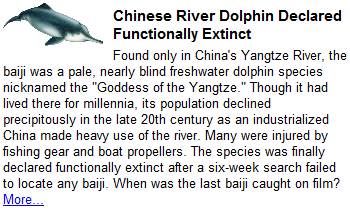Liberalization of Indian Banking sector post 1991 led to a shift in banking culture from Class banking to Mass banking. This sector was and will continue to be the backbone of Indian economy. According to RBI, Indian banking industry is now well-regulated and adequately capitalized compared to banks across other developed countries. This has helped them in remaining resilient in the wake of global meltdown and sub-prime crisis.
Increasing presence of foreign banks, heightened competition and rapid technological advancement forced banks to become cost efficient and financially strong. Taking risks is part of a banks core business. They borrow money in the form of deposits and leverage it to lend it to borrowers at a higher rate. Banks therefore need to be highly regulated as even a small liquidity problem can create panic amongst depositors’, further deteriorating liquidity.
Since accepting deposits and providing loans and credit is primary business of a bank, some loans are bound to go bad. Making provisions for such losses on bad debts is therefore important to maintain liquidity. They also carry huge liabilities in the form of customer deposits. The best parameter used to judge a bank is the level of Non-Performing Assets it is carrying on its balance sheet. These are loans that do not pay off their principle amount or interest for at least 90 days. Due to its peculiar nature of business, cash flow statements of banks do not provide much insight into their performance.
Five important factors that investors should judge before investing in a bank are capital adequacy, credit quality, liquidity position, earnings and capital efficiency. Recent sub-prime crisis has highlighted the importance of banks’ credit quality.
Banks usually pay-out dividends and are high yielding stocks. Performance of banking stocks on stock markets is directly impacted by overall economy’s health and changes in interest rates announced by RBI. This is reflected on Bankex, the index for banking stocks.
Indian banks are still recovering from the last year’s sub-prime effect and experts believe that several banks are still trading at a much lower price-to-earning ratio compared to the overall market. While public sector banks are shedding their excess flab by pruning manpower and NPAs, private banks are seen consolidating though mergers and acquisitions.
Government’s effort to encourage public sector banks to keep lending during the slowdown is expected to show positive results as soon as the economy shows positive signs. Private Banks played smart by shifting their focus from corporate lending to retail lending to cap their losses. Besides, indications from RBI that it does not plan to increase interest rates any time soon also helped improve investor sentiments about banking stocks.













